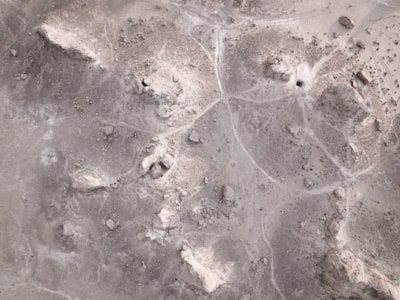When evaluating the impact of US airstrikes on Iran, surface-level damage tells only half the story. The real measure of success is buried beneath layers of rock and concrete—literally. In an era where adversaries like Iran invest heavily in underground bunkers, missile silos, and fortified command centers, traditional airpower faces a subterranean challenge.
The Evolving Target: Underground Facilities
Iran’s military infrastructure has adapted in direct response to decades of Western surveillance and strikes. Critical assets—nuclear facilities, weapons depots, and command posts—are now routinely built deep underground, shielded from conventional bombs and even some advanced bunker-busters. This fortification not only complicates US military strategy, but also fuels a global arms race in sub-surface warfare.
The Dilemma: Precision vs. Public Perception
Superficial success—defined by striking visible targets—may deliver headlines, but fails to address the crux of Iran’s deterrence capabilities. Precision-guided munitions can devastate above-ground structures, yet Iran’s leadership often emerges unscathed, its core capabilities undiminished. This disparity creates a dilemma: Should the US develop even more destructive ordnance, risking escalation and civilian harm, or shift toward intelligence, cyber, and sabotage to neutralize these hidden assets?
| Approach | Pros | Cons |
|---|---|---|
| Conventional Bombing | Quick, visible impact; public reassurance | Limited underground efficacy; collateral risk |
| Advanced Bunker Busters | Penetrates deeper; potential to disrupt vital targets | Costly; risk of escalation; not always effective |
| Cyber/Sabotage | Minimal physical damage; deniable | Hard to attribute; requires superior intelligence |
Why the Stakes Are Rising
Notably, Iran’s underground strategy mirrors trends in North Korea, China, and Russia, indicating a global shift. As underground fortification proliferates, every new tunnel or buried facility negates billions in American weaponry. Furthermore, these tactics erode the psychological deterrence once wielded by overwhelming US airpower.
A New Era of Strategic Complexity
Ultimately, success against such adversaries will depend less on dramatic strikes and more on unseen battles—intelligence gathering, technological innovation, and unconventional tactics. The truth about US airstrikes, therefore, is that victories will be harder to spot, harder to quantify, and won or lost in the hidden world beneath our feet.
This article was inspired by the headline: 'Truth about success of US airstrikes on Iran lies deep underground'.

Comments
No comments yet. Be the first to comment!